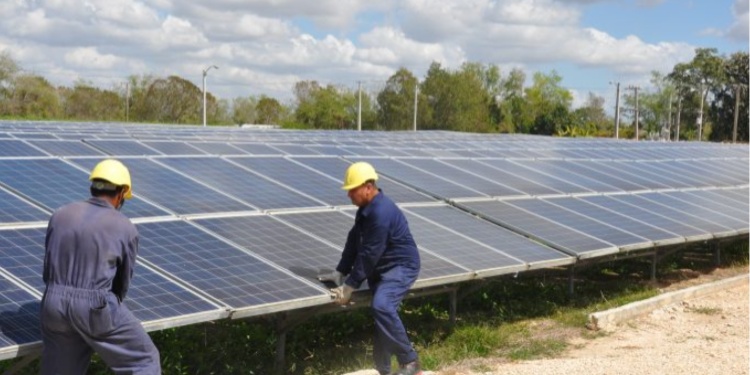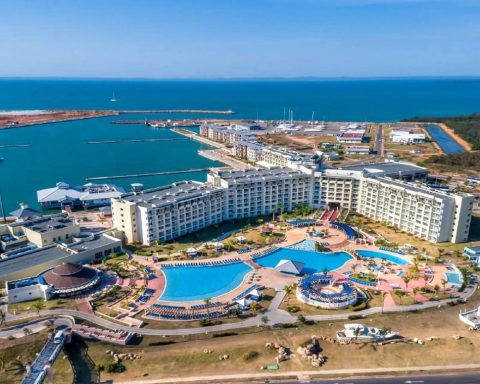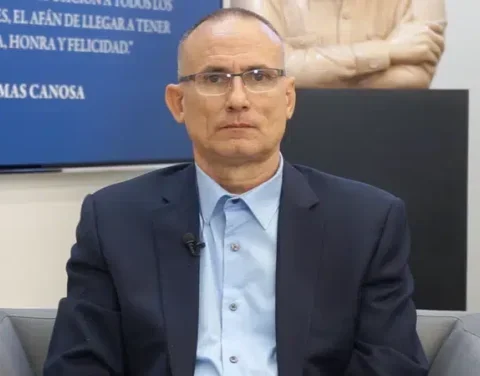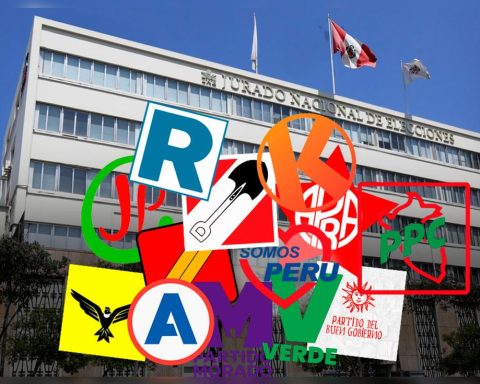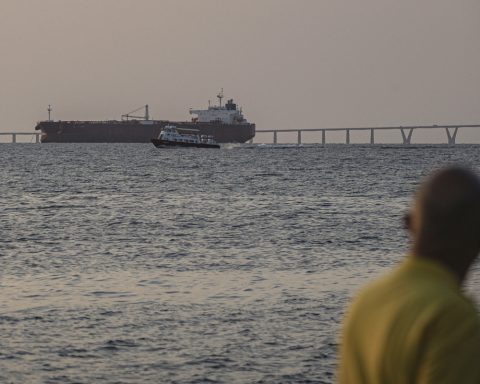AREQUIPA, Peru – While the Cuban authorities boast the construction of three photovoltaic solar parks in the province of Villa Clara, two other thermoelectric plants are out of service and the Island ends November between blackouts.
A report from the state Cuban News Agency points out that the work aspires to contribute close to 65 megawatts (MW) to the National Electroenergy System (SEN), still recovering from the collapse experienced last October.
Osvaldo Rodríguez, head of the Comprehensive Project Management in Villa Clara, explained that another six sites must be added to this triad of sites in the coming years, all of them using Chinese technology and with a generation capacity of more than 21 MW in each facility.
As part of the regime’s projections, the first solar park must synchronize with the SEN at the end of March 2025, as the initial step of a program that seeks to deliver a total of 196 MW among all the facilities planned to be built.
Along with the parks planned in Villa Clara, the official press assures that other central provinces such as Cienfuegos, Sancti Spíritus and Ciego de Ávila are advancing in different stages of execution in three facilities of this type in their respective territories.
Beyond the aspirations, yet to be realized, the energy crisis on the Island Cubans continue to be affected in the form of long electrical blackouts and the absence of other related services such as water supply.
In your diary partthe Cuban Electrical Union announced for this Saturday the departure from service of two other thermoelectric units: unit 1 of the Santa Cruz CTE due to a breakdown and unit 6 of the Nuevitas CTE due to maintenance.
In total, there are eight thermoelectric plants out of operation in the country. The other two damaged are unit 5 of the CTE Mariel and unit 2 of the CTE Felton. Meanwhile, maintenance is being carried out on unit 2 of the CTE Santa Cruz, units 3 and 4 of the CTE Cienfuegos and unit 5 of the CTE Renté.
For this November 30, the limitations on thermal generation are 316 MW. Likewise, 55 distributed generation plants with 306 MW and the Santiago de Cuba plateau with 65 MW are out of service due to fuel, for a total affected by this cause of 371 MW.
With this forecast, the state entity estimates for peak hour an availability of 1,769 MW and a maximum demand of 3,180 MW, for a deficit of 1,411 MW, so if the expected conditions are maintained there would be an impact of no less than 1,481 MW in this schedule.
Blackouts: a scourge that continues
Before the total blackout on October 18, most of the island’s provinces only had three hours of electrical service a day, a situation to which most of the Cuban territories have returned, with the exception of Havana, the provincial capitals and some localities linked to essential services.
In September, the Island recorded one of the highest electricity service impacts in three months (43%), although still below the 45% impact reported in February of this year. In October the situation became even more critical with blackouts that covered half of the country and the “total disconnection” of the National Electroenergy System (SEN).
In May of this year, the Cuban ruler, Miguel Diaz-Canelsaid the country would experience “prolonged” power outages until June due to maintenance work on the energy system. This measure, according to authorities, seeks to reduce interruptions during the months of July and August, when consumption is highest.
“We are going to have extended maintenance until the month of June to minimize the annoyance of blackouts in the summer, especially in the months of July and August,” said Díaz-Canel in the sixth episode of his podcast. From the Presidency. The governor made it clear that the total absence of blackouts cannot be guaranteed: “We cannot commit to there being no blackouts. Due to the current conditions of the system, that commitment is not possible now,” he declared.
The blackouts further complicate the country’s already tense energy situation and not only deteriorate the economic performance of Cuba, which has been mired in a serious crisis for years, but have also been the trigger for anti-government protests. The most notable ones occurred on July 11, 2021the largest in decades, and most recently on March 17 in Santiago de Cuba and other locations.
